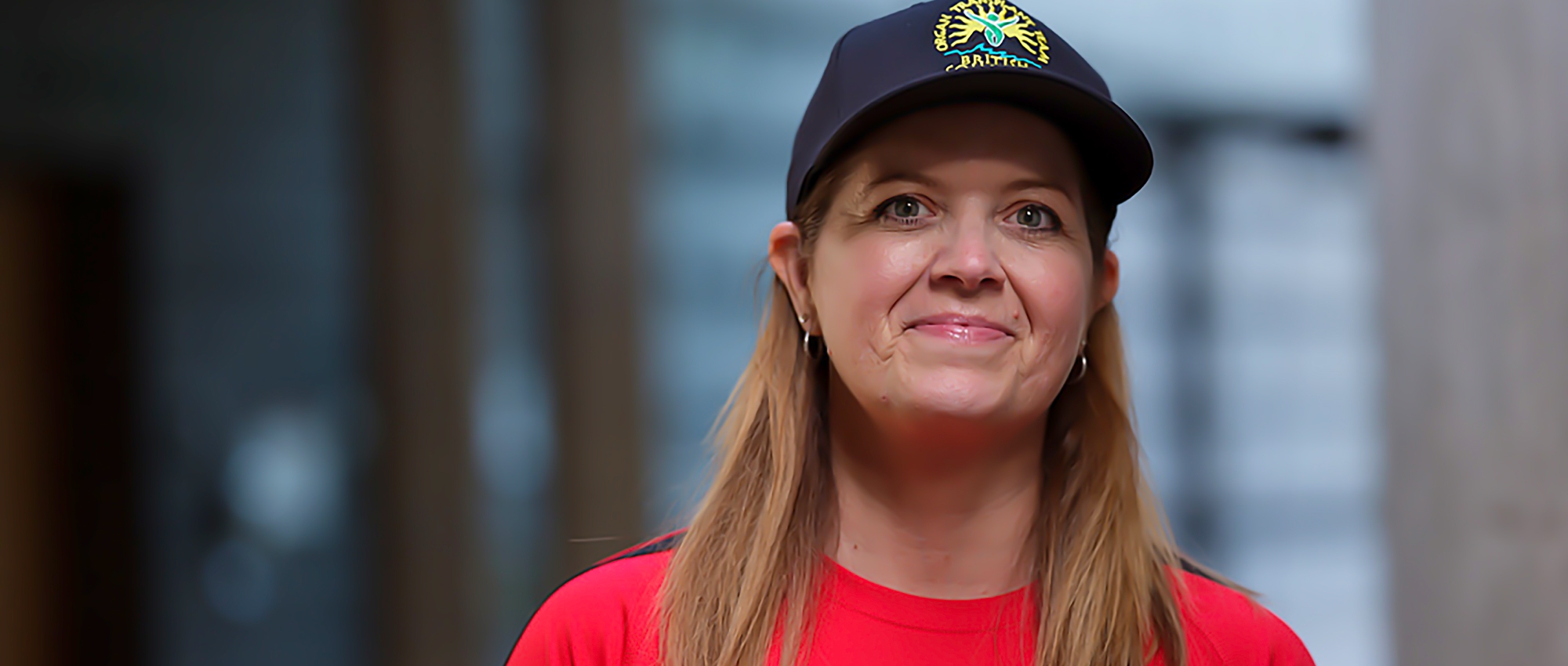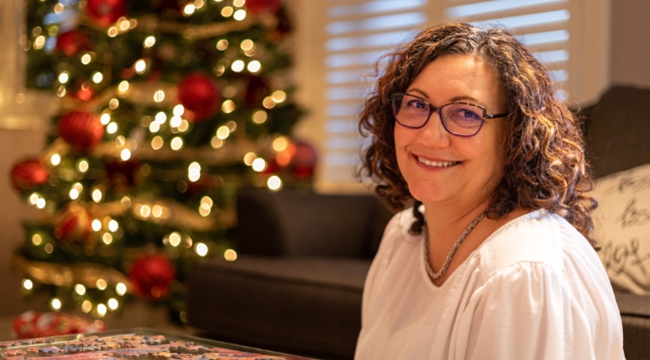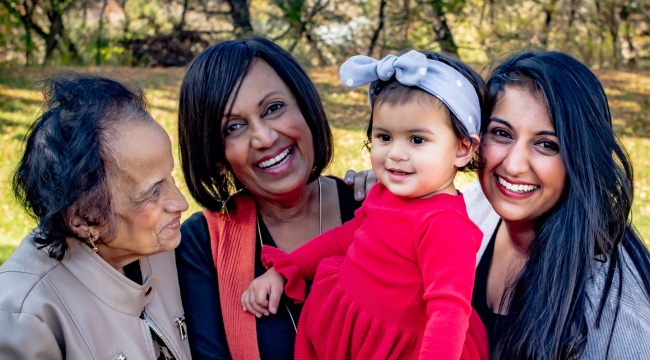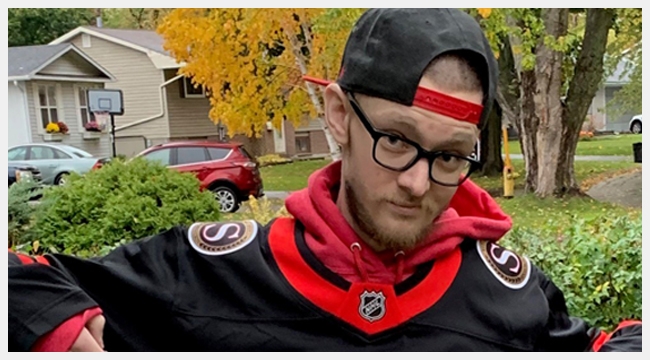Gratitude prompts kidney recipient to give back to the organ transplant community
Brenda Brown, president of the Canadian Transplant Association, works tirelessly on behalf of organ recipients and donors — thanks to her own lifesaving kidney transplant
“It all happened pretty quickly,” Brenda Brown recalls. “Five years after first being diagnosed with kidney disease and trying to learn all I could about it, I found myself on dialysis and in critical need of a transplant.”
Although her health was deterioriating rapidly, Brenda knew it might be many more years before a suitable donor was found. But the outlook changed dramatically when her 22-year-old daughter, who was not a match for Brenda, volunteered to donate one of her kidneys, and they registered as a pair through the Kidney Paired Donation program operated by Canadian Blood Services. This generous offer helped boost the odds of locating a donor, and in July 2013, Brenda received a lifesaving transplant.
Six months later, following a severe post-operative infection, the single mother of three was back at her job as a senior project manager with IBM in Vancouver. At the same time, she began volunteering with the Canadian Transplant Association, helping promote healthy lifestyles for transplant recipients. Brenda was soon the organization’s provincial director for British Columbia, and in 2018 she was named president by the national executive board.

Juggling these various roles would be enough for the most energetic multi-tasker. Add in organizing and competing in the Canada Transplant Games, caring for a son with special needs, being a devoted grandmother to a six-year-old — plus somehow finding time to become a certified yoga teacher — and you have a remarkably full life for someone who not long ago faced a grim prognosis.
“All transplant recipients are a bit silly,” Brenda says with a laugh, “because we have a second chance at life and we make the most of it.”
“The doctors assumed my condition was temporary.”
Brenda first became aware of the challenges faced by organ recipients when her 11-year-old cousin had a double-lung transplant. Soon she was campaigning in support of all cystic fibrosis patients — and then for leukemia research when her aunt required a bone marrow transplant to treat the disease. But she never imagined she’d one day be advocating for transplant patients after receiving a donated organ herself.
“I developed kidney issues during my pregnancies,” Brenda explains, “but the doctors assumed my condition was temporary.” In her late 30s, though, more severe symptoms emerged and she was ultimately diagnosed with IgA nephropathy, a congenital disease in which a buildup of antibodies impedes the kidneys’ ability to filter blood.
The nephrologist offered some reassurance: only about 25 per cent of patients with the condition required dialysis treatment, and typically not until their late 60s or older. But here again Brenda was unlucky. It wasn’t long before she needed regular peritoneal dialysis and then more restrictive hemodialysis, in which blood is pumped from the body and filtered through a dialysis machine.
In February 2013, as Brenda sat watching the Super Bowl with a favourite uncle who was also on a transplant wait list — in his case, to replace his failing lungs — they were both very concerned about what the future might hold.
“Our mandate is to promote a healthy post-transplant lifestyle.”

In the Kidney Paired Donation program, living donors are linked to compatible patients through the Canadian Transplant Registry, a platform developed and managed by Canadian Blood Services. When matches are found among several pairs of donors and recipients, it leads to a “chain” or “domino chain” of paired-exchange transplants, often coordinated across multiple hospitals and health systems. Each donor provides a kidney to an unrelated recipient, and in return, the person they’re hoping to help receives an organ from a better-matched donor.
It was this type of chain that Brenda’s daughter helped make possible. “Actually, I tried at first to talk her out of it,” Brenda says. “But she’d been with me the whole way, sitting with me at every appointment, and she said, ‘Mom, I need you in my life.’” And so, mother and daughter joined other recipients and donors as physicians performed the necessary surgeries to complete the chain of transplants.
Brenda’s difficult recovery was eased by regular visits with her uncle, who’d been similarly fortunate in receiving a lung transplant. One day he showed her a newspaper ad for a “Transplant Trot” —a running and walking event to celebrate recipients’ return to health and raise awareness about the value of organ donation. Brenda immediately signed up, happy to find a way to give back, and soon she was volunteering for the organization behind the event, the Canadian Transplant Association (CTA).
What drew her to the non-profit was its emphasis on the well-being of recipients and donors. “Increasing awareness around organ and tissue donation is vital,” she says, “and we work with many groups, including Canadian Blood Services, to encourage registration of both living and deceased donors. But the CTA’s primary mandate is to promote a healthy post-transplant lifestyle and to help ensure that recipients, wherever possible, only need one transplant for life.”
“It’s important to get input from patients.”
One of Brenda’s responsibilities as CTA president is to represent her membership in the Organ Donation and Transplantation Collaborative, which was launched by Health Canada in 2018. Bringing together representatives of the provincial and territorial governments (except Quebec) with patient and family groups, clinicians and researchers, organ donation organizations, transplant programs, hospital administrators and other key stakeholders – including Canadian Blood Services – the initiative works to improve Canada’s organ donation and transplantation system while ensuring that donors and recipients have timely access to quality services.
“It’s a great concept and the right thing to do,” Brenda says, “bringing advocacy groups, government agencies and all the other players to the table because there can be redundancy in what different groups are trying to do. Researchers need to share information, so they know what other teams are doing. And of course it’s important to get our input as patients on how we’re treated and what we expect from the system.”
As with all multi-stakeholder initiatives, Brenda acknowledges, there are many points of view to balance, and sometimes progress feels slow. This is where her background in managing complex technology projects is helpful: “Ultimately, I think the collaborative will improve the experience of patients and donors while also increasing efficiency and saving money. But it takes time to change any system, and sometimes that creates frustration. You need to be able to listen and understand that everybody has their own opinion. It can be challenging, but if you get at the root of what people are trying to accomplish and help articulate goals in a way that’s understood by the group, you can move past the hurdles and get to where you need to go.”
This optimistic, can-do-attitude drives every project Brenda takes on. When Vancouver was chosen to host the Canada Transplant Games in the summer of 2018, she volunteered to manage the event and enlisted more than two dozen family members as volunteers. She even found time to compete in tennis, ball throw and shot put. And when the World Transplant Winter Games were held in February 2020 in Alberta, at Banff and Canmore, Brenda was once again everywhere, welcoming participants on behalf of the CTA while also displaying her skills in skiing and curling.
“This is what the games, and our organization, are all about,” she says, “gaining the courage and confidence to live a healthy, active post-transplant life. I look forward to many more adventures with this kidney that’s given me the ultimate opportunity: a second chance.”



